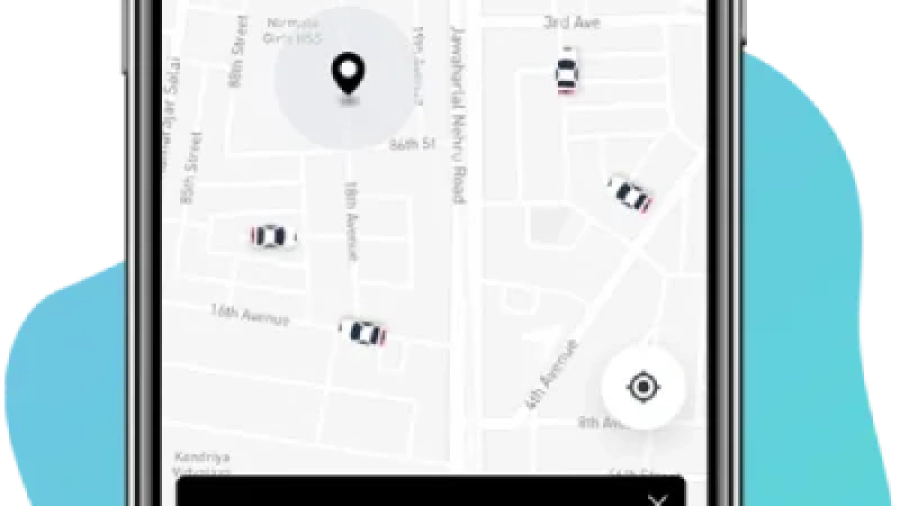Creating an Uber clone requires a comprehensive understanding of various technological components to ensure seamless operation and user satisfaction. Choosing the right technology stack is crucial for the success of your ride-hailing app. This article will guide you through the essential considerations and trending technologies to help you build a robust and scalable Uber clone.
Understanding the Core Components of an Uber Clone
Before diving into the technology stack, it’s important to understand the core components of an Uber-like app:
- Passenger App: Allows users to book rides, view driver details, track rides, and make payments.
- Driver App: Enables drivers to accept ride requests, navigate to pickup locations, and receive payments.
- Admin Panel: Manages users, drivers, payments, and analytics.
- Backend Server: Handles requests from the apps, processes data, and ensures communication between components.
- Database: Stores user information, ride history, payment details, etc.
- Payment Gateway: Facilitates secure transactions between passengers and drivers.
Frontend Technologies for an Uber Clone
1. React Native
React Native is a popular choice for developing cross-platform mobile applications. It allows you to write code once and deploy it on iOS and Android, saving time and resources. Its component-based architecture and extensive library support make it ideal for creating dynamic and responsive user interfaces.
2. Flutter
Flutter, developed by Google, is another excellent choice for cross-platform development. It uses the Dart programming language and offers a rich set of pre-designed widgets. Flutter’s hot reload feature speeds up development by allowing real-time code changes.
Backend Technologies for an Uber Clone
1. Node.js
Node.js is a powerful JavaScript runtime suitable for building scalable and high-performance backend systems. Its event-driven architecture and non-blocking I/O operations make it perfect for handling multiple requests simultaneously.
2. Express.js
Express.js is a web application framework for Node.js. It simplifies the development process by providing robust features for web and mobile applications, such as routing, middleware, and templating.
Database Options for an Uber Clone
1. MongoDB
MongoDB is a NoSQL database that offers flexibility in data storage. Its schema-less design allows for easy scalability and quick iterations, making it a good choice for applications that handle various data types.
2. PostgreSQL
PostgreSQL is an advanced relational database system known for its reliability, feature robustness, and performance. It supports complex queries and ensures data integrity, making it suitable for managing transactional data.
Real-Time Communication
1. Socket.io
Socket.io is a JavaScript library that enables real-time, bidirectional communication between web clients and servers. It is essential for features like live tracking of rides, instant notifications, and chat functionalities.
2. Firebase
Google’s Firebase offers real-time database capabilities, authentication, and cloud storage services. Its Firestore database is particularly useful for synchronizing data in real time across multiple clients.
Mapping and Navigation
1. Google Maps API
Google Maps API provides extensive mapping and navigation functionalities, including real-time traffic data, geolocation services, and route optimization. It is widely used due to its reliability and accuracy.
2. Mapbox
Mapbox is a versatile mapping service that offers customizable maps and advanced features like geocoding, reverse geocoding, and route optimization. It is a popular alternative to Google Maps for developers seeking more customization options.
Payment Integration
1. Stripe
Stripe is a widely-used payment gateway known for its robust security features and ease of integration. It supports a variety of payment methods and currencies, making it ideal for a global user base.
2. PayPal
PayPal is another popular payment gateway that offers extensive documentation and a straightforward integration process. Millions of users worldwide trust it for its secure transactions.
Conclusion
Choosing the right technology stack for your Uber clone app development is crucial for building a reliable, scalable, and efficient ride-hailing app. By leveraging modern technologies like React Native or Flutter for the frontend, Node.js and Express.js for the backend, and robust databases like MongoDB or PostgreSQL, you can create an app that meets the demands of today’s users. Additionally, integrating real-time communication, mapping services, and secure payment gateways will enhance the overall user experience and ensure the success of your Uber clone.
FAQs
1. Why is choosing the right technology stack important for Uber clone development?
Choosing the right technology stack ensures your app is scalable, efficient, and capable of handling real-time data processing and communication. It also impacts the app’s development speed, maintenance, and overall performance.
2. What are the key components of an Uber clone app?
The key components include the Passenger App, Driver App, Admin Panel, Backend Server, Database, and Payment Gateway.
3. Which frontend technologies are best for an Uber clone?
React Native and Flutter are popular choices due to their cross-platform capabilities. These allow you to deploy your app on both iOS and Android with a single codebase.
4. Why is Node.js preferred for the backend?
Node.js is preferred for its event-driven architecture and non-blocking I/O operations, making it highly efficient in handling multiple concurrent requests, which is essential for a ride-hailing app.
5. What databases are recommended for an Uber clone?
MongoDB and PostgreSQL are recommended for their scalability, flexibility, and ability to handle various data types and complex queries.
6. How important is real-time communication in an Uber clone?
Real-time communication is crucial for features like live ride tracking, instant notifications, and chat functionalities, ensuring a seamless user experience.
7. What are the best mapping services for an Uber clone?
Google Maps API and Mapbox are the best choices for their extensive features, reliability, and accuracy in mapping and navigation services.
8. Which payment gateways should be considered?
Stripe and PayPal are recommended for their robust security features, ease of integration, and support for multiple payment methods and currencies.

